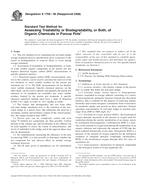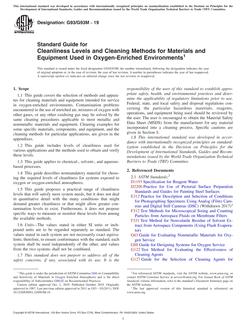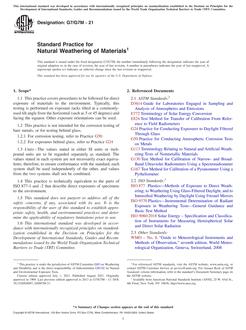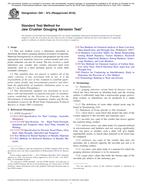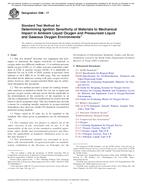Description
ASTM E1798 – Standard Test Method for Assessing Treatability or Biodegradability, or Both, of Organic Chemicals in Porous Pots (Withdrawn 2013)
1.1 This test method covers simulating the activated sludge sewage treatment process and therefore gives a measure of the extent of biodegradation or removal likely to occur during sewage treatment.
1.2 Assessment of treatability or biodegradability, or both, of water soluble organic compounds in the porous pot test requires dissolved organic carbon (DOC) measurements or specific chemical analysis.
1.2.1 Dissolved organic carbon (DOC) measurements, relative to the controls, can be used to calculate the removal of the test chemical or water soluble residues by the porous pot treatment (see 12.3). The DOC measurements do not identify water soluble chemicals. Specific chemical analysis, on the other hand, can be used to identify and quantify the parent test chemical or (if standards are available) any water soluble residues formed by the porous pot treatment. A specific chemical analytical method must have a limit of detection (LOD) ≤0.1 mg/L in water or ≤0.1 mg/Kg in solids.
1.3 The feature that distinguishes this test from other activated sludge simulation tests is the retention of the activated sludge in a porous liner, that eliminates the need for a secondary clarifier and facilitates control of the critical parameter, the sludge retention time (SRT).
1.4 Porous pots can be completely sealed and tests using 14C-labeled test compounds are then possible. Carbon dioxide in the exhaust gas and bicarbonate in the effluent can be used together to assess the extent of mineralization, and levels of radiolabel in the sludge and in the aqueous phase may also be determined.
1.5 By simultaneously measuring the efficiency of the pots in removing DOC, it is also possible to determine whether the test compound has any adverse effect on normal sewage treatment processes.
1.6 The SI units given in parentheses are for information only.
1.7 This standard does not purport to address all of the safety concerns, if any, associated with its use. It is the responsibility of the user of this standard to establish appropriate safety and health practices and determine the applicability of regulatory limitations prior to use. For specific hazard statements see Section 6.
Product Details
- Published:
- 02/01/2008
- Number of Pages:
- 13
- File Size:
- 1 file , 190 KB
- Note:
- This product is unavailable in Russia, Ukraine, Belarus

 DIN /TS 67506
DIN /TS 67506 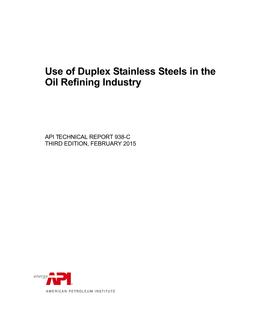 API TR 938-C
API TR 938-C 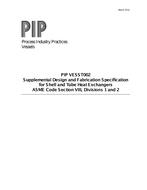 PIP VESST002 (R2018)
PIP VESST002 (R2018) 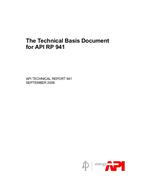 API TR 941-A
API TR 941-A 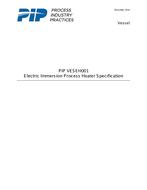 PIP VESEH001
PIP VESEH001 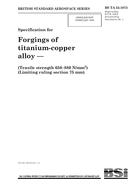 BS TA 55
BS TA 55 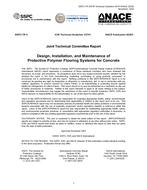 SSPC TR 5/ICRI 03741/NACE 02203
SSPC TR 5/ICRI 03741/NACE 02203 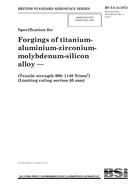 BS TA 44
BS TA 44  BS TS 1
BS TS 1  SSPC VIS 1-02
SSPC VIS 1-02 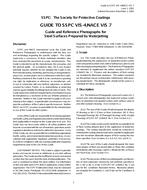 SSPC VIS 4 / NACE VIS 7 Guide
SSPC VIS 4 / NACE VIS 7 Guide 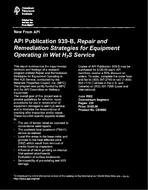 API TR 939-B
API TR 939-B 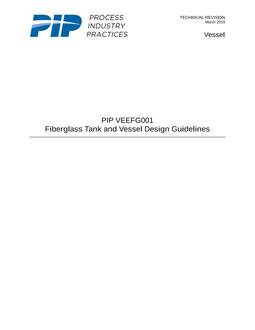 PIP VEEFG001
PIP VEEFG001 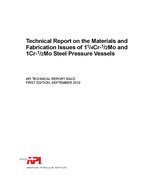 API TR 934-D
API TR 934-D 